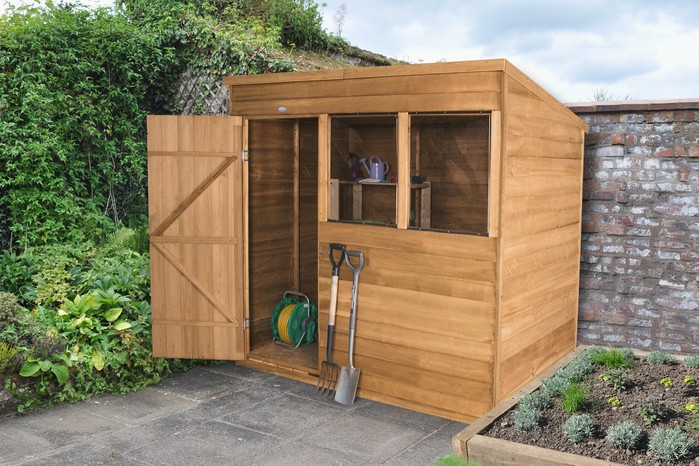If you’re planning to build a barn, then you’ve come to the right place! We’re going to take a close look at important considerations that you should make before making a final decision.
Since building a barn is an intensive undertaking, putting in the research beforehand can be a lifesaver. Research should not be taken lightly. This blog post reviews some fundamental considerations when building a barn so that you don’t fall prey to costly mistakes.
Plan Ahead
I highly recommend that you consult a licensed contractor since this is such an important undertaking. They have the skillset and experience to walk you through the process. Explain your reason for building the barn and then give them the specifications to ensure the available space is adequate for your needs.
Location also plays a key role. Make sure the location for the barn allows it to accomplish its intended purpose. For instance, if you’re planning to use part of it as a garage, then it should be located in a place with easy access to the road.
Lay out a plan for the drainage system if you want to house livestock in the barn. Ventilation (i.e. barn fans), lighting, and feed storage should also be considered to get the most from the barn.
Create a Budget
Now you need to determine the overall cost of the barn. This will be the factor that limits your possibilities. See how much money you can afford so that you have a starting point.
Get an estimate from several different contractors. If you plan to build it yourself, then research all of the necessary materials. Don’t forget to factor in labor costs for helpers and the time spent on the job.
Determine the Purpose of the Barn
Try and match your barn’s specs to its purpose. In other words, you wouldn’t need a huge livestock barn if you’re only using it for one or two animals. But you should also think ahead too. If you plan to add more animals to your barn, then you should make it bigger. Another advantage of having a larger barn is that you can recover some of the cost by watching other people’s animals. For instance, let’s say your neighbor needs to take a trip and needs you to watch their horse. By having the extra space, you are able to do that and recover some of the cost of the barn.

Just don’t go overboard because you have to consider maintenance costs as well. Larger barns require more maintenance. A good rule of thumb is to plan a barn that’s large enough to accommodate two to three extra animals from your current inventory. That gives you room to expand if needed and also opens up the opportunity to recover costs by watching other animals.
Of course, not all barns are for livestock. You might just need a place to store farm equipment and hay. Or maybe you just need a place to unload grain temporarily?
Legal Concerns
Make sure you check your local city and state building codes. Some places have building laws that accommodate farmers while others require a permit to build any structure. Requirements often depend on the size and use of the building so be sure to check your local city and state website to learn more. If you have questions, contact them. It’s better to be safe than sorry.
Know When to Bring in a Contractor
Building a barn is a significant investment so it’s important that you get it right. In most cases, hiring a contractor will be your best option since they have the skillset and tools to ensure your barn is up to specs.






